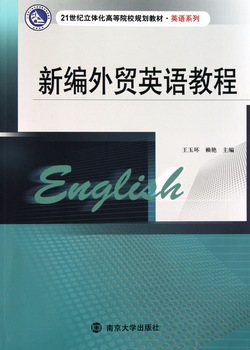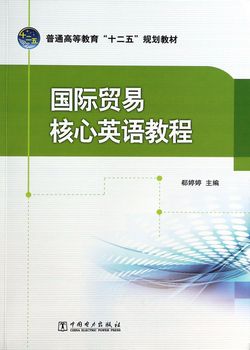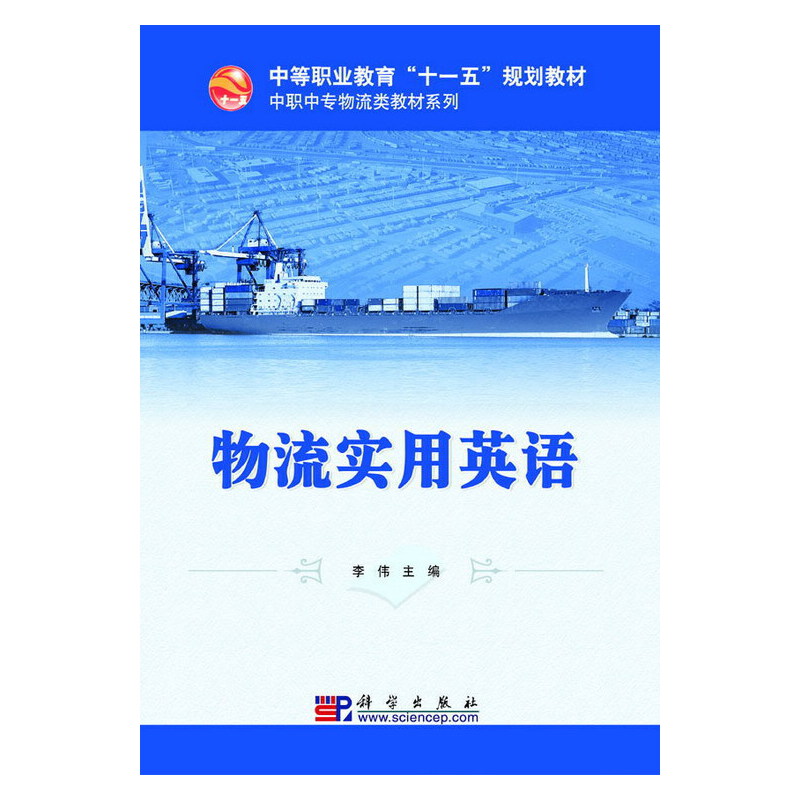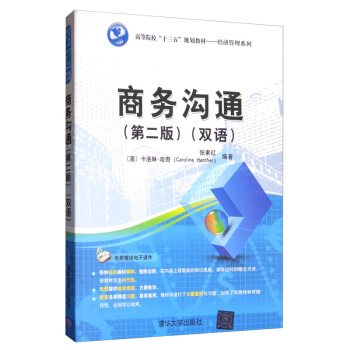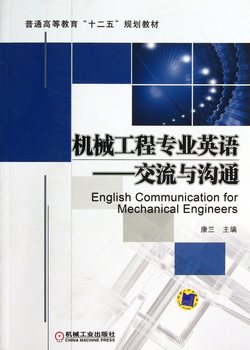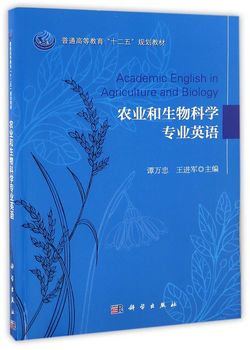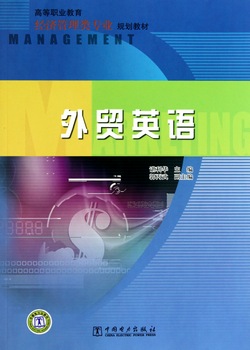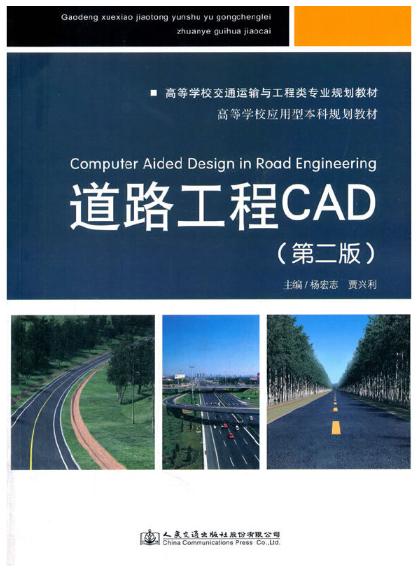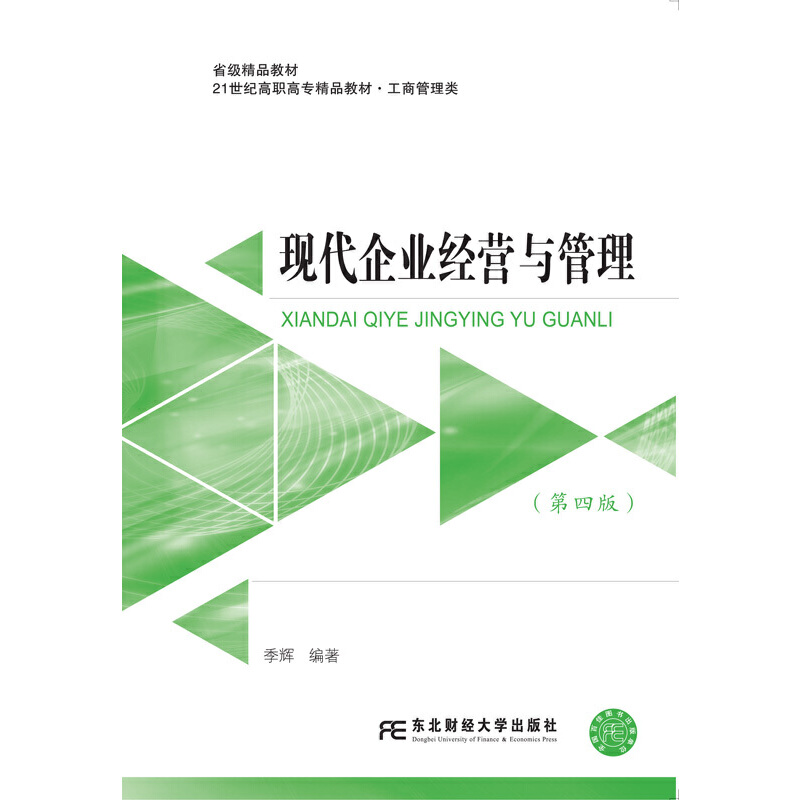- 南京大学出版社
- 9787305077708
- 60788
- 51153558-5
- 2011-02
- H319.4
- 外语
- 本科
内容简介
在充分调研高校对外贸英语教材需求的基础上,从高等教育英语外贸专业和国际贸易专业以及教育部《大学英语课程教学要求》的培养目标、培养对象和教学内容等方面出发,从培养既掌握一定的外贸实务知识,又具备较高的外语应用能力的高级复合型人才的目的出发,编者王玉环,赖艳结合国际贸易实务操作流程,编写了指导学习者掌握国际贸易知识和英语函电、进出口单据制作的教材。
《新编外贸英语教程》共分12章,内容包括国际贸易简介、外贸商业信函、外贸术语、建立业务关系、询盘和报盘、还盘和接受、支付、信用证、装运、保险、索赔和进出口流程。
《新编外贸英语教程》的编写特点是理论与实践相结合,在内容的编写上结合国际贸易实务需要,除对相关贸易术语、英文函电写作或贸易磋商技巧做了较为详细的介绍外,还对贸易各个环节中涉及的各种单证内容和填写方式进行了详细的解释与说明,并附上单证样本,以方便学习者理解与掌握。
本书既可作为高校大学英语后续课程外贸英语教材,也可作为英语专业外经贸方向以及国际贸易专业教材,还可作为从事国际贸易工作读者的自学用书。
《新编外贸英语教程》共分12章,内容包括国际贸易简介、外贸商业信函、外贸术语、建立业务关系、询盘和报盘、还盘和接受、支付、信用证、装运、保险、索赔和进出口流程。
《新编外贸英语教程》的编写特点是理论与实践相结合,在内容的编写上结合国际贸易实务需要,除对相关贸易术语、英文函电写作或贸易磋商技巧做了较为详细的介绍外,还对贸易各个环节中涉及的各种单证内容和填写方式进行了详细的解释与说明,并附上单证样本,以方便学习者理解与掌握。
本书既可作为高校大学英语后续课程外贸英语教材,也可作为英语专业外经贸方向以及国际贸易专业教材,还可作为从事国际贸易工作读者的自学用书。
目录
Chapter One International Trade
1.1 International Trade
1.2 Definition of International Trade
l.3 Reasons for International Trade
1.3.1 Resource Reasons
1.3.2 Economic Reasons
1.3.3 Other Reasons
1.4 The Differences Between International Trade and Domestic Trade
1.5 Forms of International Trade
1.5.1 Export Trade, Import Trade and Transit Trade
1.5.2 Direct Trade,Indirect Trade and Entrepot Trade
1.5.3 Visible Goods Trade and Invisible Goods Trade
1.5.4 Barter Trade and Free-liquidation Trade
1.6 Benefits from International Trade
1.6.1 Economic Growth
1.6.2 Cheaper Goods and Services
1.6.3 Greater Variety
Technical Terms
Exercises
Chapter Two Intemational Business Correspondence
2.1 The Essence of Business Letters
2.2 Elements of Business Letters
2.2.1 Letterhead
2.2.2 Reference
2.2.3 Date
2.2.4 Inside Address
2.2.5 Attention Line
2.2.6 Salutation
2.2.7 Subject Line
2.2.8 Body of a Letter
2.2.9 Complimentary Close
2.2.10 Signature
2.2.11 IEC (Initials,Enclosures and Carbon Copies Block)
2.2.12 Postscript
2.3 Envelope Addressing
2.4 Business Letter Format and Outline
2.4.1 Format
2.4.2 Outline
2.5 Basic Principles for Business Letters
Specimen Letters
Technical Terms
Exercises
Chapter Three International Trade Terms
3.1 Components of Trade Terms
3.2 INCOTERMS
3.2.1 Scope of INCOTERMS
3.2.2 Structure of INCOTERMS 2000
3.2.3 Common Issues
3.3 Interpretation of Trade Terms in INCOTERMS 2000
3.3.1 Group E--Departure
3.3.2 Group F--Main Carriage Unpaid (by Seller)
3.3.3 Group C--Main Carriage Paid (by Seller)
3.5.4 Group D--Arrival
3.4 Contrasts between FOB,CFR and CIF
3.5 Considerations for Choosing Trade Terms
Technical Terms
Exercises
Chapter Four Establishing Business Relations
4.1 The Significance of Establishing Business Relations
4.2 The Channels of Establishing Business Relations
4.3 Information Collection of the Prospective Clients
4.4 Some Skills in Establishing Business Relations
4.4.1 Skills for Writing a First Letter to a Prospective Corporation
4.4.2 Skills for Replying a Letter
Specimen Letters
Skill Training
Technical Terms
Exercises
Chapter Five Enquiry and Offer
5.1 Enquiry
5.2 Offer
5.2.1 Firm Offer
5.2.2 Non-firm Offer
5.2.3 Proforma Invoice:a Special Offer
5.3 Counter-Offer
5.4 Counter-Counter-Offer
Specimen Letters
Skill Training
Technical Terms
Exercises
Chapter Six Acceptance, Order and Business Contract
6.1 Acceptance
6.2 Order
6.3 Business Contract
6.3.1 Contracts
6.3.2 Confirmation
6.3.3 Significance and Function of Contract
Specimen Letters
Skill Training
Technical Terms
Exercises
Chapter Seven International Payment
7.1 Nature of International Payment
7.2 Instruments of International Payment
7.2.1 Draft
7.2.2 Promissory Note
7.2.3 Cheek
7.3 Methods of International Payment
7.3.1 Cash in Advance
7.3.2 Documentary Letter of Credit
7.3.3 Documentary Collection
7.3.4 Open Account
Specimen Letters
Skill Training
Technical Terms
Exercises
Chapter Eight Letter of Credit
8.1 Nature of Letters of Credit
8.2 Procedures of Letter of Credit Operations
8.2.1 Issuance of Letter of Credit
8.2.2 Amendment of Letters of Credit
8.2.3 Utilization of Letters of Credit
8.3 Considerations in Using L/C
8.3.1 Points for Attention in Using L/C
8.3.2 L/C Risks and L/C Risk Prevention
Specimen Letters
Skill Training
Technical Terms
Exercises
Chapter Nine International Cargo Transportation
9.1 Ocean Transportation
9.1.1 Liner Transportation
9.1.2 Charter Transportation
9.2 Shipping D
1.1 International Trade
1.2 Definition of International Trade
l.3 Reasons for International Trade
1.3.1 Resource Reasons
1.3.2 Economic Reasons
1.3.3 Other Reasons
1.4 The Differences Between International Trade and Domestic Trade
1.5 Forms of International Trade
1.5.1 Export Trade, Import Trade and Transit Trade
1.5.2 Direct Trade,Indirect Trade and Entrepot Trade
1.5.3 Visible Goods Trade and Invisible Goods Trade
1.5.4 Barter Trade and Free-liquidation Trade
1.6 Benefits from International Trade
1.6.1 Economic Growth
1.6.2 Cheaper Goods and Services
1.6.3 Greater Variety
Technical Terms
Exercises
Chapter Two Intemational Business Correspondence
2.1 The Essence of Business Letters
2.2 Elements of Business Letters
2.2.1 Letterhead
2.2.2 Reference
2.2.3 Date
2.2.4 Inside Address
2.2.5 Attention Line
2.2.6 Salutation
2.2.7 Subject Line
2.2.8 Body of a Letter
2.2.9 Complimentary Close
2.2.10 Signature
2.2.11 IEC (Initials,Enclosures and Carbon Copies Block)
2.2.12 Postscript
2.3 Envelope Addressing
2.4 Business Letter Format and Outline
2.4.1 Format
2.4.2 Outline
2.5 Basic Principles for Business Letters
Specimen Letters
Technical Terms
Exercises
Chapter Three International Trade Terms
3.1 Components of Trade Terms
3.2 INCOTERMS
3.2.1 Scope of INCOTERMS
3.2.2 Structure of INCOTERMS 2000
3.2.3 Common Issues
3.3 Interpretation of Trade Terms in INCOTERMS 2000
3.3.1 Group E--Departure
3.3.2 Group F--Main Carriage Unpaid (by Seller)
3.3.3 Group C--Main Carriage Paid (by Seller)
3.5.4 Group D--Arrival
3.4 Contrasts between FOB,CFR and CIF
3.5 Considerations for Choosing Trade Terms
Technical Terms
Exercises
Chapter Four Establishing Business Relations
4.1 The Significance of Establishing Business Relations
4.2 The Channels of Establishing Business Relations
4.3 Information Collection of the Prospective Clients
4.4 Some Skills in Establishing Business Relations
4.4.1 Skills for Writing a First Letter to a Prospective Corporation
4.4.2 Skills for Replying a Letter
Specimen Letters
Skill Training
Technical Terms
Exercises
Chapter Five Enquiry and Offer
5.1 Enquiry
5.2 Offer
5.2.1 Firm Offer
5.2.2 Non-firm Offer
5.2.3 Proforma Invoice:a Special Offer
5.3 Counter-Offer
5.4 Counter-Counter-Offer
Specimen Letters
Skill Training
Technical Terms
Exercises
Chapter Six Acceptance, Order and Business Contract
6.1 Acceptance
6.2 Order
6.3 Business Contract
6.3.1 Contracts
6.3.2 Confirmation
6.3.3 Significance and Function of Contract
Specimen Letters
Skill Training
Technical Terms
Exercises
Chapter Seven International Payment
7.1 Nature of International Payment
7.2 Instruments of International Payment
7.2.1 Draft
7.2.2 Promissory Note
7.2.3 Cheek
7.3 Methods of International Payment
7.3.1 Cash in Advance
7.3.2 Documentary Letter of Credit
7.3.3 Documentary Collection
7.3.4 Open Account
Specimen Letters
Skill Training
Technical Terms
Exercises
Chapter Eight Letter of Credit
8.1 Nature of Letters of Credit
8.2 Procedures of Letter of Credit Operations
8.2.1 Issuance of Letter of Credit
8.2.2 Amendment of Letters of Credit
8.2.3 Utilization of Letters of Credit
8.3 Considerations in Using L/C
8.3.1 Points for Attention in Using L/C
8.3.2 L/C Risks and L/C Risk Prevention
Specimen Letters
Skill Training
Technical Terms
Exercises
Chapter Nine International Cargo Transportation
9.1 Ocean Transportation
9.1.1 Liner Transportation
9.1.2 Charter Transportation
9.2 Shipping D

